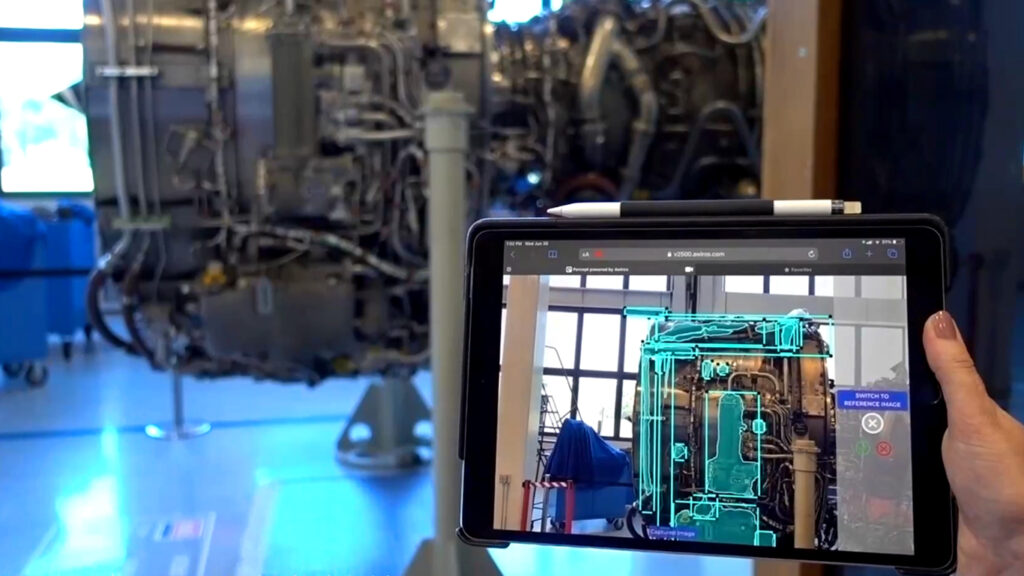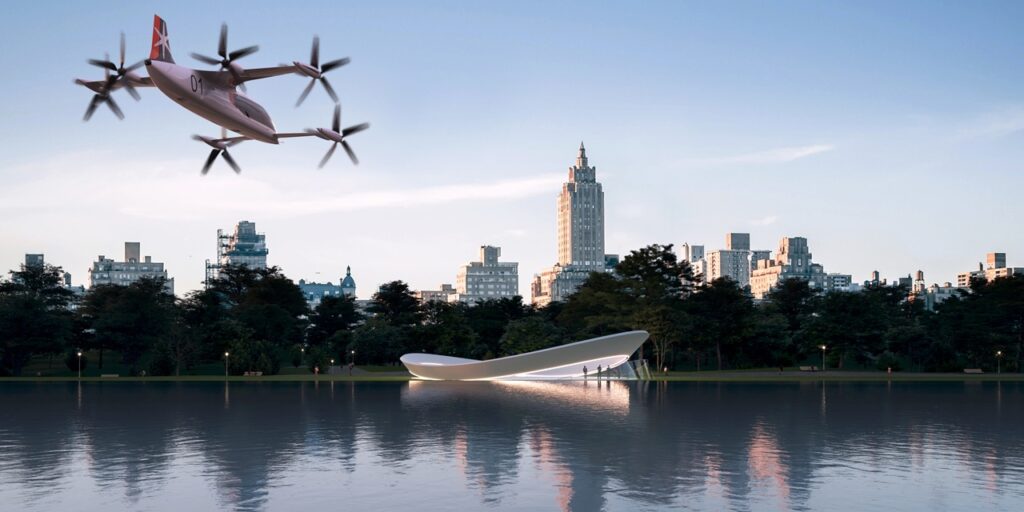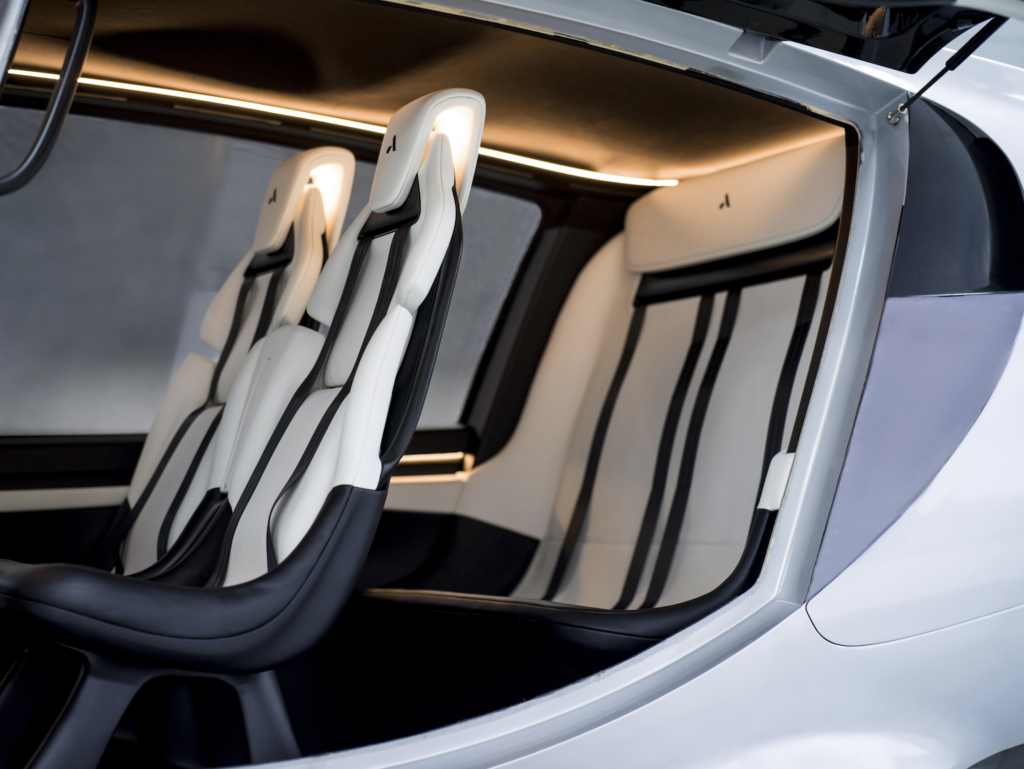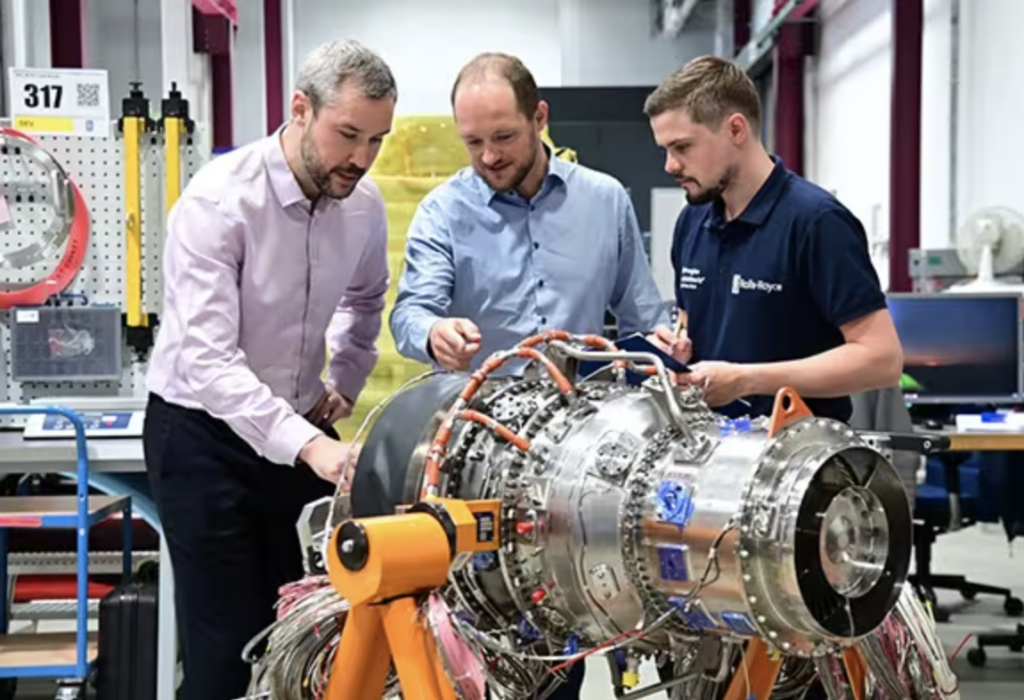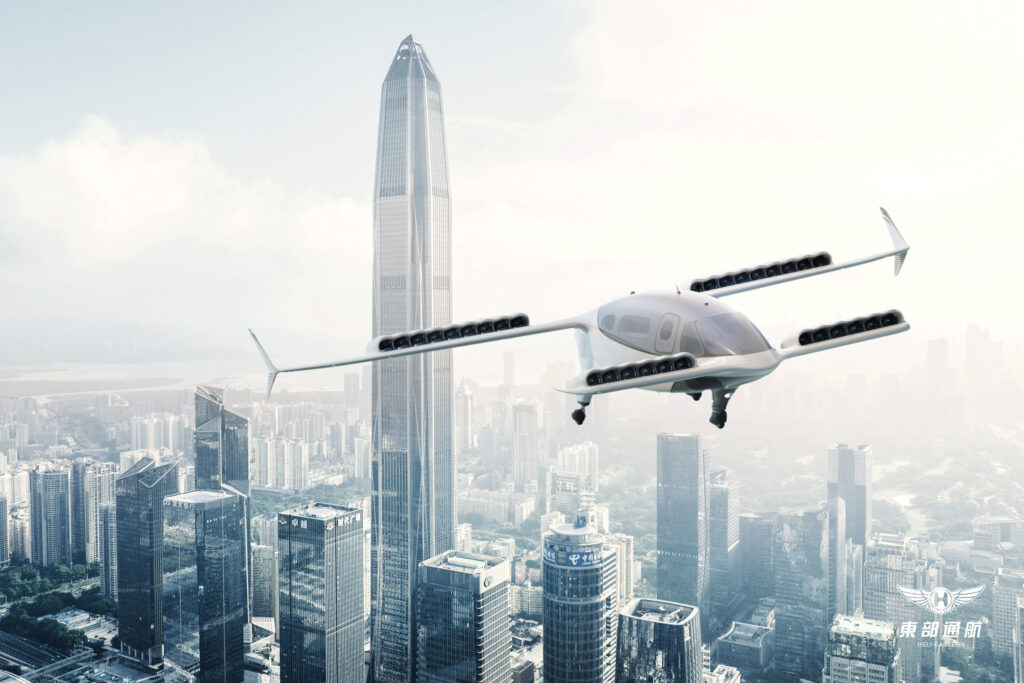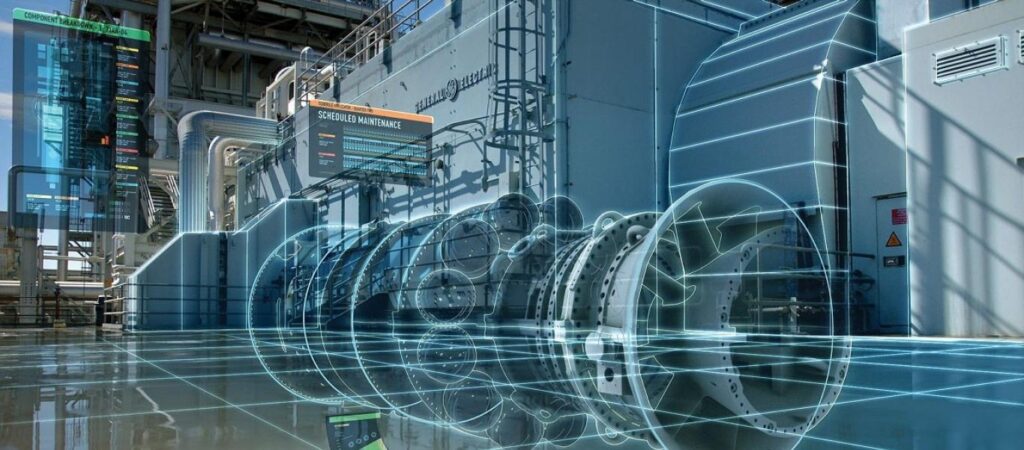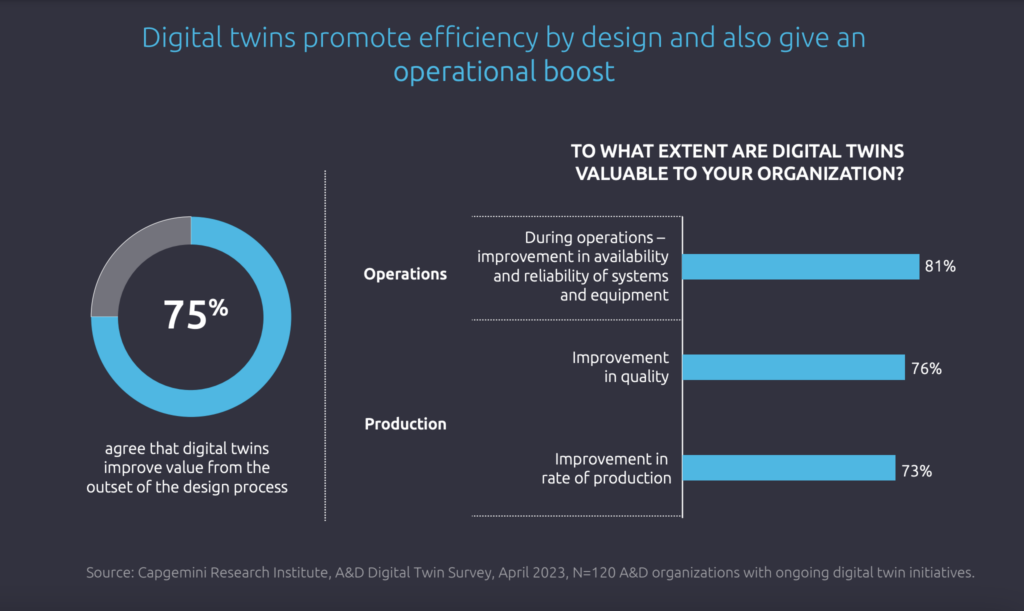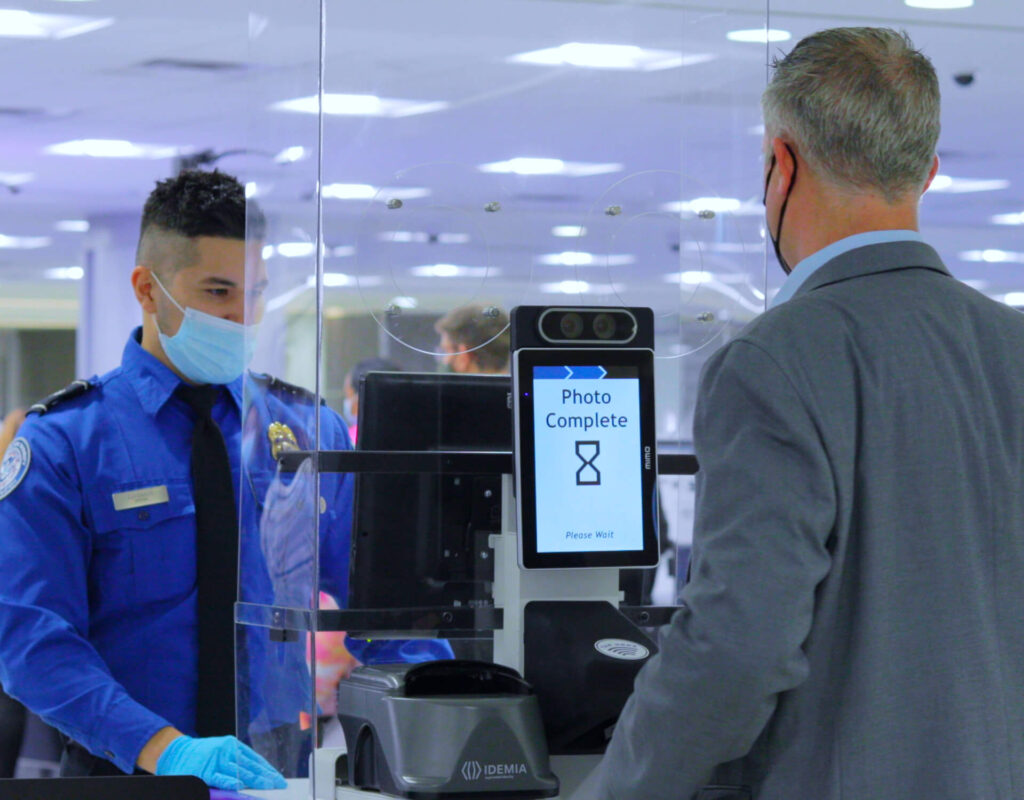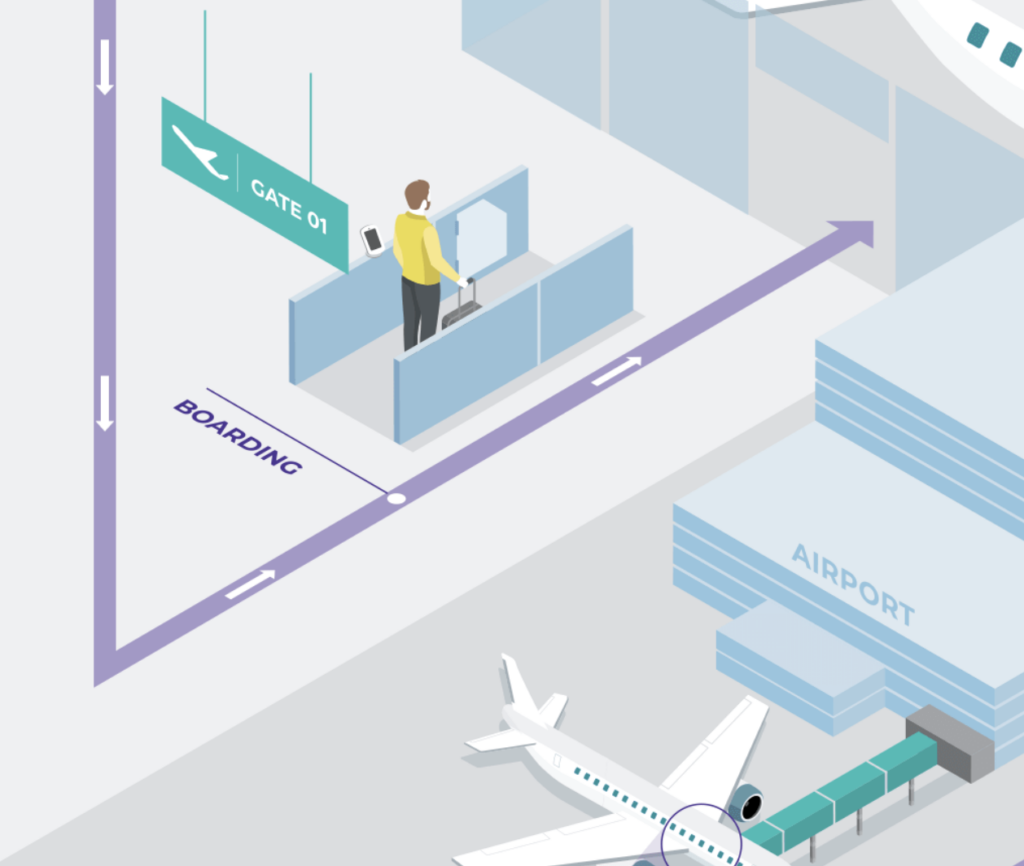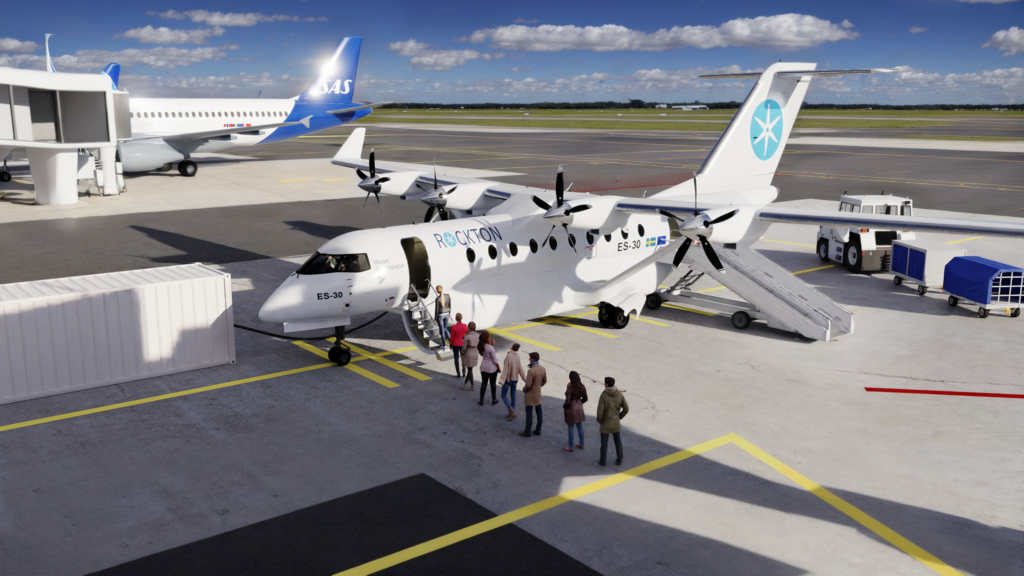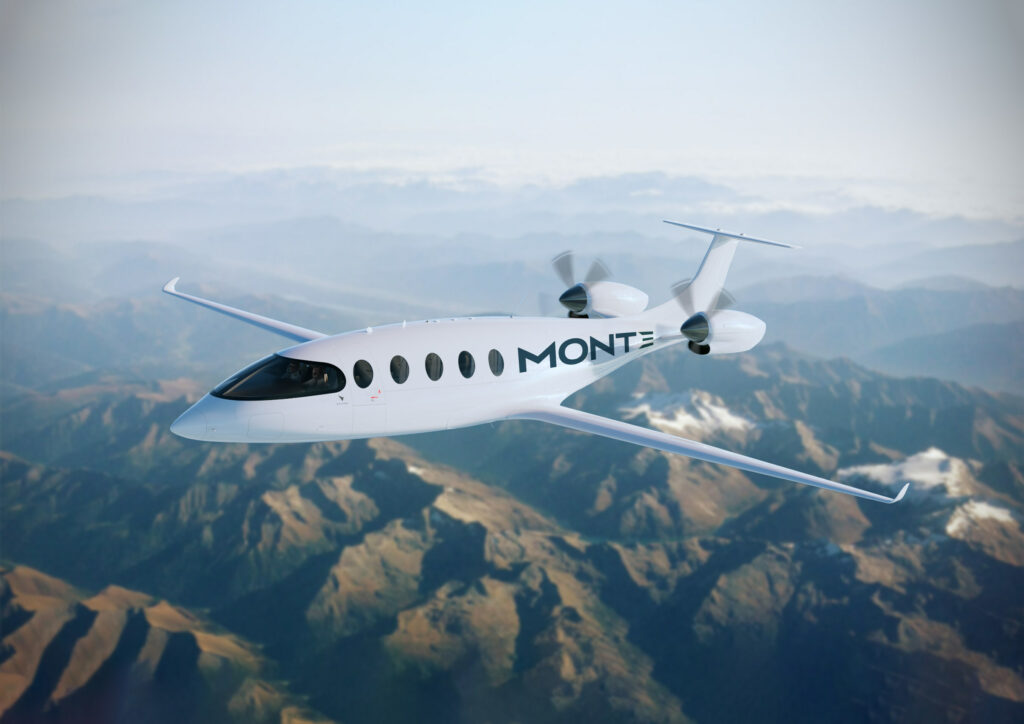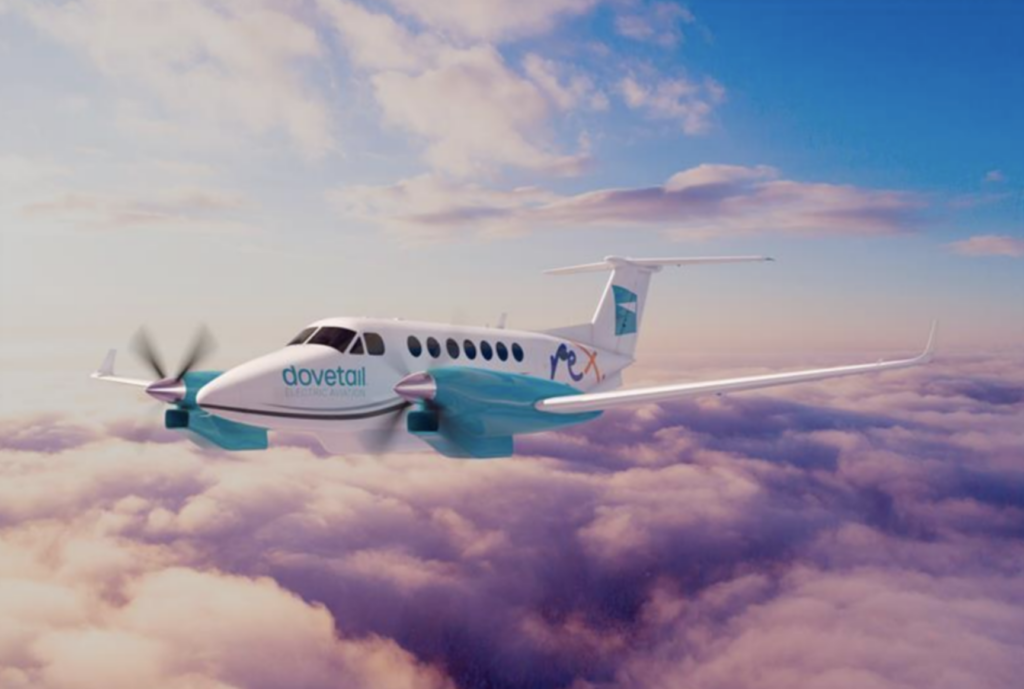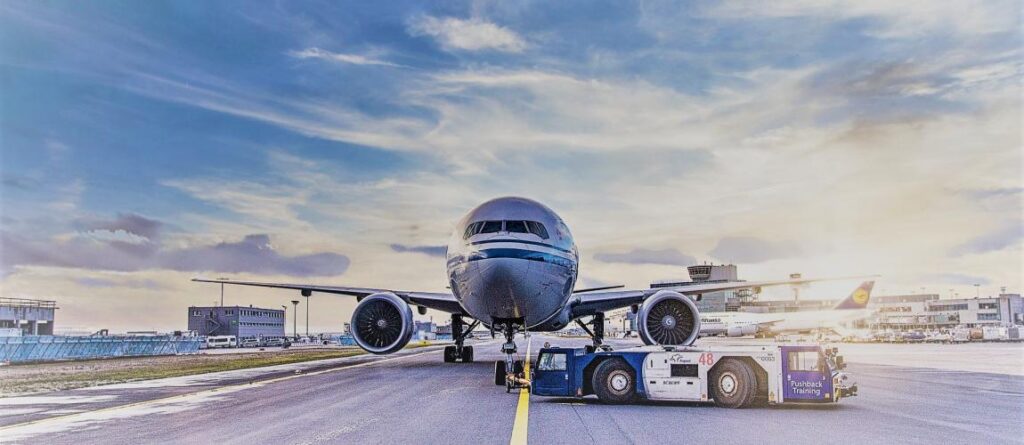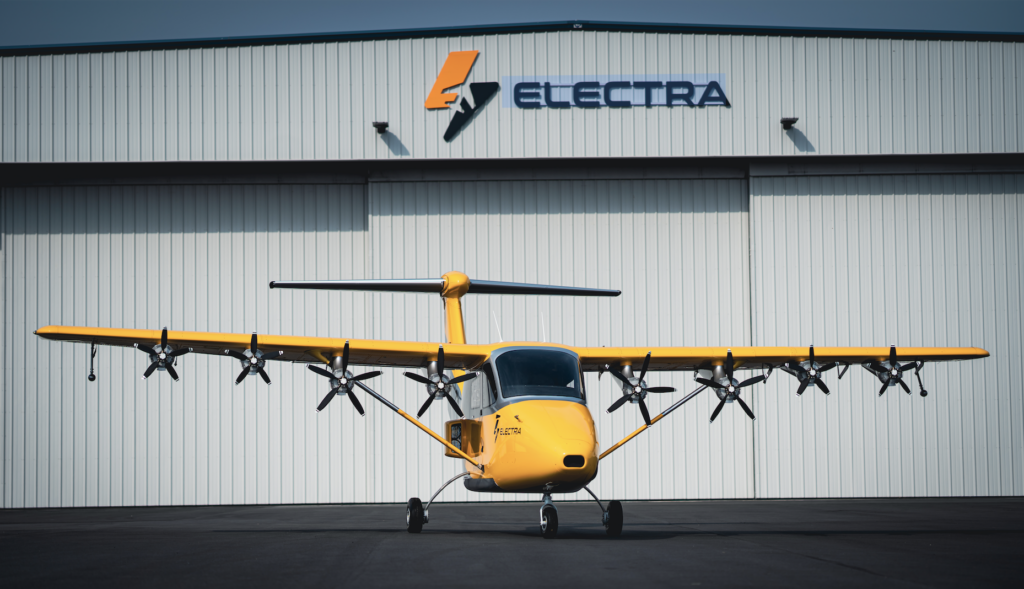

Electra has officially unveiled the test vehicle for its hybrid eSTOL aircraft. JP Stewart, Vice President and General Manager at Electra, shared some insights in an interview with Avionics International. (Photo: Electra)
Electra revealed the test vehicle for its hybrid-electric aircraft last week. The model is a piloted ultra-short take-off and landing (STOL) aircraft. According to the company’s announcement, the two-seat tech demonstrator is the first blown lift aircraft that uses distributed electric propulsion.
Electra.aero’s team is conducting an extensive flight test program this summer to evaluate the performance and to advance the design of the production aircraft, which will carry nine passengers.
John S. Langford, Founder and CEO, remarked, “In the three years since we founded Electra, we’ve designed our eSTOL aircraft, validated our blown lift technology with a sub-scale demonstrator, and run a fully integrated test of our 150-kilowatt hybrid-electric generator at full scale. Now we’re ready to test the entire system with this technology demonstrator aircraft. We can’t wait to fly this plane and show the world what our eSTOL aircraft can do.”
Another big announcement came from Electra this week regarding an agreement signed with Safran Helicopter Engines. Safran will develop the 600 kW electric turbogenerator propulsion system for the nine-passenger hybrid eSTOL prototype.
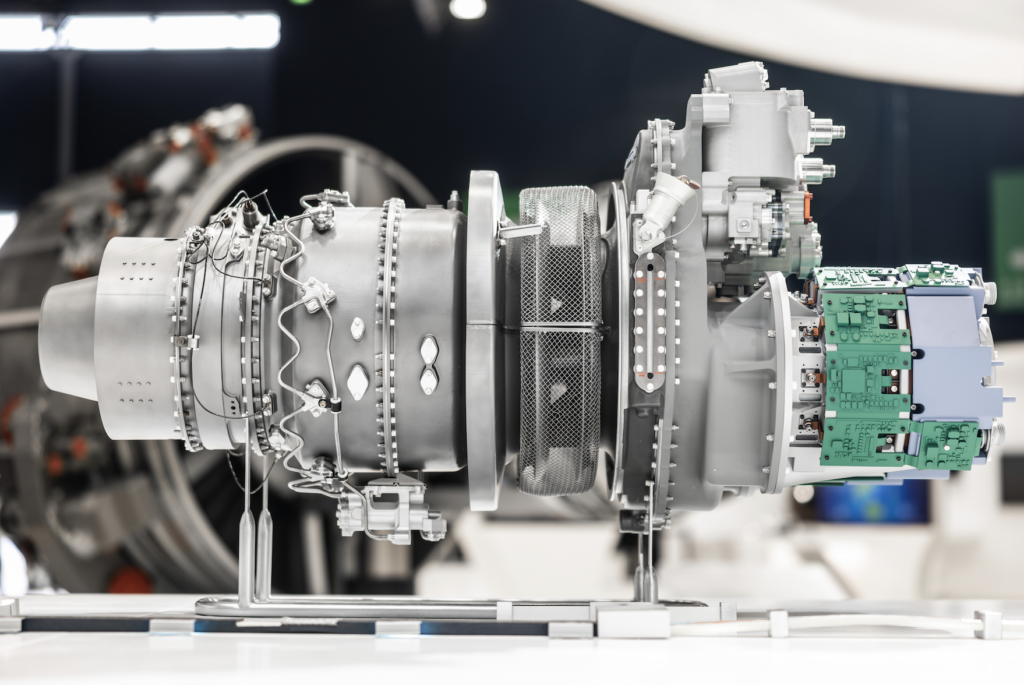
The TG600 turbogenerator (Photo: Adrien Daste – Safran)
In an interview with Avionics International, JP (James) Stewart—Vice President and General Manager at Electra—discussed their approach to designing a hybrid eSTOL aircraft, plans for flight testing, and eventual certification of their production aircraft.
Avionics: How do the distributed electric propulsion and the blown lift technology contribute to the aircraft’s performance?
JP Stewart: The interesting thing about Electra’s approach is that we don’t have a separate lift propulsion system. We have motor pylons that are attached to the wing which make thrust, and we use conventional flaps on the wing to help turn that thrust into lift, or to make more lift. This concept works by distributing the electric motors along the wing to evenly blow the wing. This blown lift effect makes the wing act as if it’s physically larger, as if the flap is physically larger than it actually is. What’s really special about that is when you put the flaps up, and when you fly faster, that effect diminishes. That’s important because making more lift also makes more drag, and when you’re flying very slowly that’s not as much of a problem. But when you start flying fast, you want to be able to get rid of the drag. That larger wing lets you fly slowly, which allows you to take off and land in a short distance. That gets us into places that airplanes couldn’t go before.
We are taking off and landing at like 30 miles an hour. That’s part of what the flaps allow you to do—take off and land at these slow speeds, at those steeper angles.
You wouldn’t think anything of approaching a stop sign at 35 miles an hour—it’s not consequential. That’s really the secret to the market access, which comes from being able to get into small spaces, from being able to fly slowly, and from the high lift that distributed electric propulsion lets you get.
Avionics: Could you share any details about Electra will be testing during the flight test program this summer with the technology demonstrator—the aircraft’s performance, aspects of the design, et cetera?
Stewart: Firstly, fundamental blown lift aerodynamics and things that will carry over into the product aircraft. Secondly, operational experiences—how to fly this aircraft into small spaces, how to demonstrate that, and work with customers and partners to demonstrate that.
Third, we are building confidence in the certification basis and approach. I think we have a good mutual understanding with the FAA on what it looks like. It’s a multi-engine airplane; the concept of an airplane with flaps is not new. We’ve managed to use new technologies to get more performance out of those flaps than you could have before, but the basic concept is there.
That said, flying slowly and getting in small spaces is a little different. We think that it will be a very compelling airplane for that demonstration and for the certification basis maturation.
As far as specific technical objectives, they’re fairly traditional: it’s going to be aircraft performance. That means take-off distance and speeds, landing distance and speeds, climb performance, approach angles, flying qualities, and stability and control through the whole envelope. There are strain gauges that measure stress and strain in certain locations on the airplane to validate the load models that were used.
The other element is hybrid propulsion and systems management. There are a lot of interesting systems that we’ve developed which help us manage the hybrid system. How much power should you use from the battery, and how much should come from the turbo generator? That is the exact kind of question that we think we’ve answered through simulation and ground tests, but we really want to run it through its paces in flight tests.
What are some of the potential applications for the eSTOL production aircraft in different industries or sectors?
Stewart: Aircraft are used in almost all industries—any particular model of airplane in commercial service or a helicopter that’s in commercial service today is used for passengers, cargo, air ambulance, government, and special missions. The aircraft is multi-role. That’s ultimately the objective. We’re very strong believers in the dual-use mindset, where you have commercial and government use cases in mind. That’s exemplified in the STRATFI partnership that we announced earlier this year, where we bring $30 million in Air Force matching funds with $55 million in private funds to develop and test that pre-production prototype with the Air Force.
As far as how we think about the market, I think we’ve taken a very pragmatic approach. We believe fundamentally in the incredible potential for these new technologies—in particular, propulsion, electrification, and hybridization. But we recognize that the aircraft needs to fit into the world as it exists today. We can make evolutionary improvements, but in such a safety-critical industry, you have to be very sensitive to the fact that things move a little bit slower than other industries—and in many cases for good reason, driven by that safety case. The U.S., and the aviation industry [in general], did not become the safest mode of transportation on accident.
I think what makes us particularly unique is we believe that we start principally in existing markets, replacing fixed-wing and helicopters—conventional aircraft—on current routes. This is a newly designed airplane that has better performance and new technologies, so it can be competitive on costs and the environmental side. But over time, as these new markets mature, and as the world really begins to appreciate the full potential of blown lift, you can start to see this market growth. It’s revolutionary and yet incremental at the same time. You start incrementally but have revolutionary capabilities ready for when the rest of the world is ready for it.
The particular emphasis that we have on hybridization, and the hybrid propulsion system overall, is because with battery energy densities as they are today, it’s really hard to make an airplane with useful regional range. On a battery electric aircraft, you’re typically looking at 50 to 150 miles of usable range before the aircraft becomes incredibly heavy and bloated.
We’ve designed this airplane for useful regional ranges—500 miles. We tried to close a business case for our customers in the airplane based on battery-only configurations and we just couldn’t see a way to close that.
There’s great promise in new technologies like fuel cells and hydrogen-burning engines, but those are longer-term developments. They still need a lot of maturation both on the technical and safety certification side, as well as the infrastructure [side] and how you actually deploy those systems at scale. It’s not well-established, but there are a lot of people working on it. The beauty of hybridization is that when those technologies are ready, we can replace the conventional propulsion systems with these new propulsion systems without having to change the base design of the aircraft.
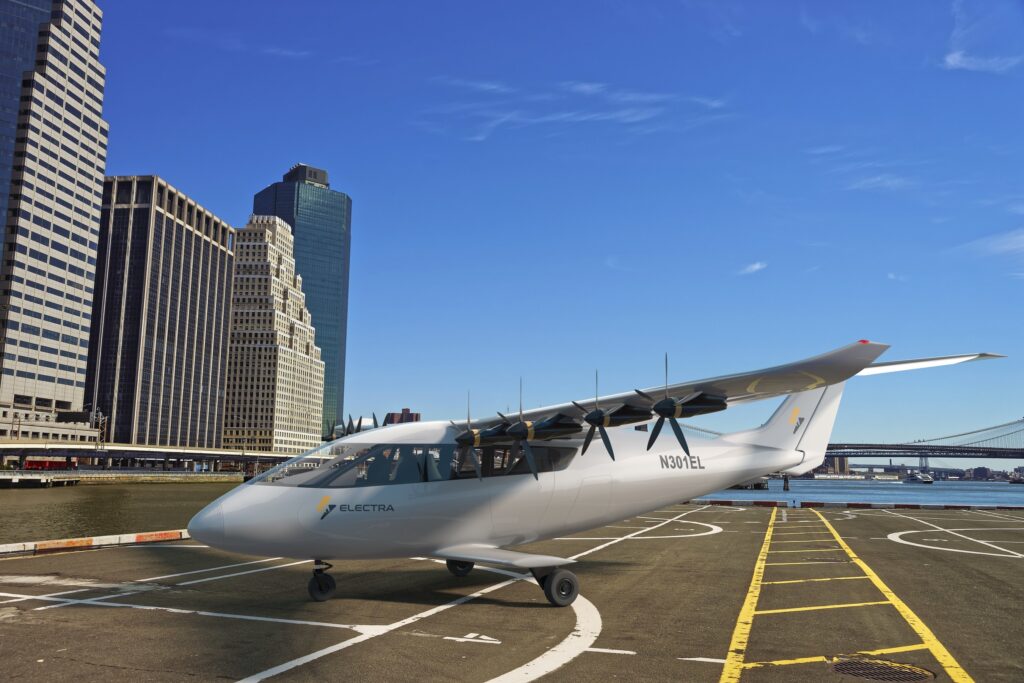
(Photo: Electra)
What are some of the key challenges that you anticipate coming up as you work towards certification and entry into service for the production aircraft, and your strategy for addressing those challenges?
Fundamentally, I think Electra has chosen a very pragmatic technical approach. We have taken a lot of the risk out of the configuration by picking a multi-engine airplane. That doesn’t mean that there won’t be unique considerations and peculiarities of this airplane. There always are special conditions for every airplane, but that’s normal. There are some unique challenges on the hybridization side and having the certification of a turbogenerator. In many ways, we think that’s well mitigated by the safety case. On this airplane, we effectively have many different energy sources—several batteries and the turbogenerator.
Every big airplane that is flying today has a small turbogenerator in it—the APU [auxiliary power unit]. The APU in most big airplanes is about the same size as the turbogenerator that we use for our airplane. One of the ways that we mitigate a lot of the particular novelty or risk of the certification of the hybrid propulsion system is by basing it off of relatively known and well-understood technology.
On the blown lift side, one of the things that is unique about this airplane is the definition of a stall speed [the minimum speed an aircraft must fly at to produce lift]. When it flies slowly and the stall speed varies based on how much blowing there is from the propellers, the typical definition of stall speed doesn’t necessarily make sense in that context. One of the objectives of the tech demonstrator is to show a rational data-driven basis for how one should think about defining the stall speed and how the stall speed and other key speeds fit into the aircraft design requirements.
A lot of certification risk and program risk is mitigated through the program design and through trying to take this more conventional, pragmatic approach, which is why the challenges are sort of more normal, run-of-the-mill airplane development challenges. One of the great things about our airplane is that it serves as a potential training ground for pilots—you get your commercial multi-engine at 250 hours, and the requirement to fly for an air carrier is 1,500 hours, or 1,250 with some special exemptions. So a lot of them have 1,000-plus hours of experience that they need to get before they can fly a large Part 25 class kind of commercial airplane. Our airplane actually is the perfect bridge between those. You can start flying it and getting that time and experience while also being useful to the operation.
I think it’s an underappreciated significant burden on the operators of those [eVTOL] aircraft to think about how they’re going to have to certify all of these pilots. We don’t have to think about that. As a multi-engine airplane, we have to provide specific training and materials for our airplane, of course, but the basic license is the same that they’ll come out of school with, and I think that’s really powerful.
The post Electra Reveals Hybrid eSTOL Tech Demonstrator appeared first on Avionics International.
—————
Boost Internet Speed–
Free Business Hosting–
Free Email Account–
Dropcatch–
Free Secure Email–
Secure Email–
Cheap VOIP Calls–
Free Hosting–
Boost Inflight Wifi–
Premium Domains–
Free Domains
